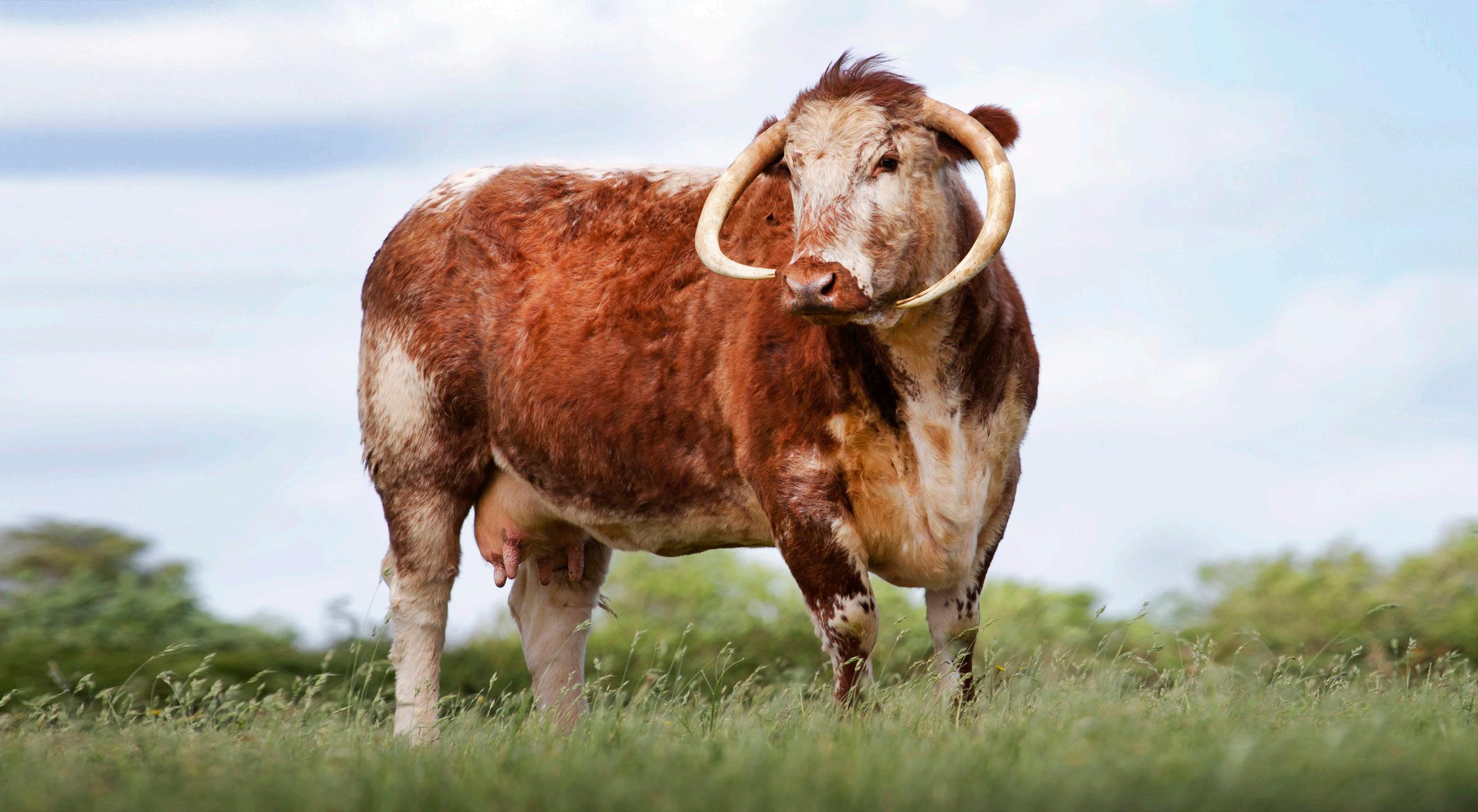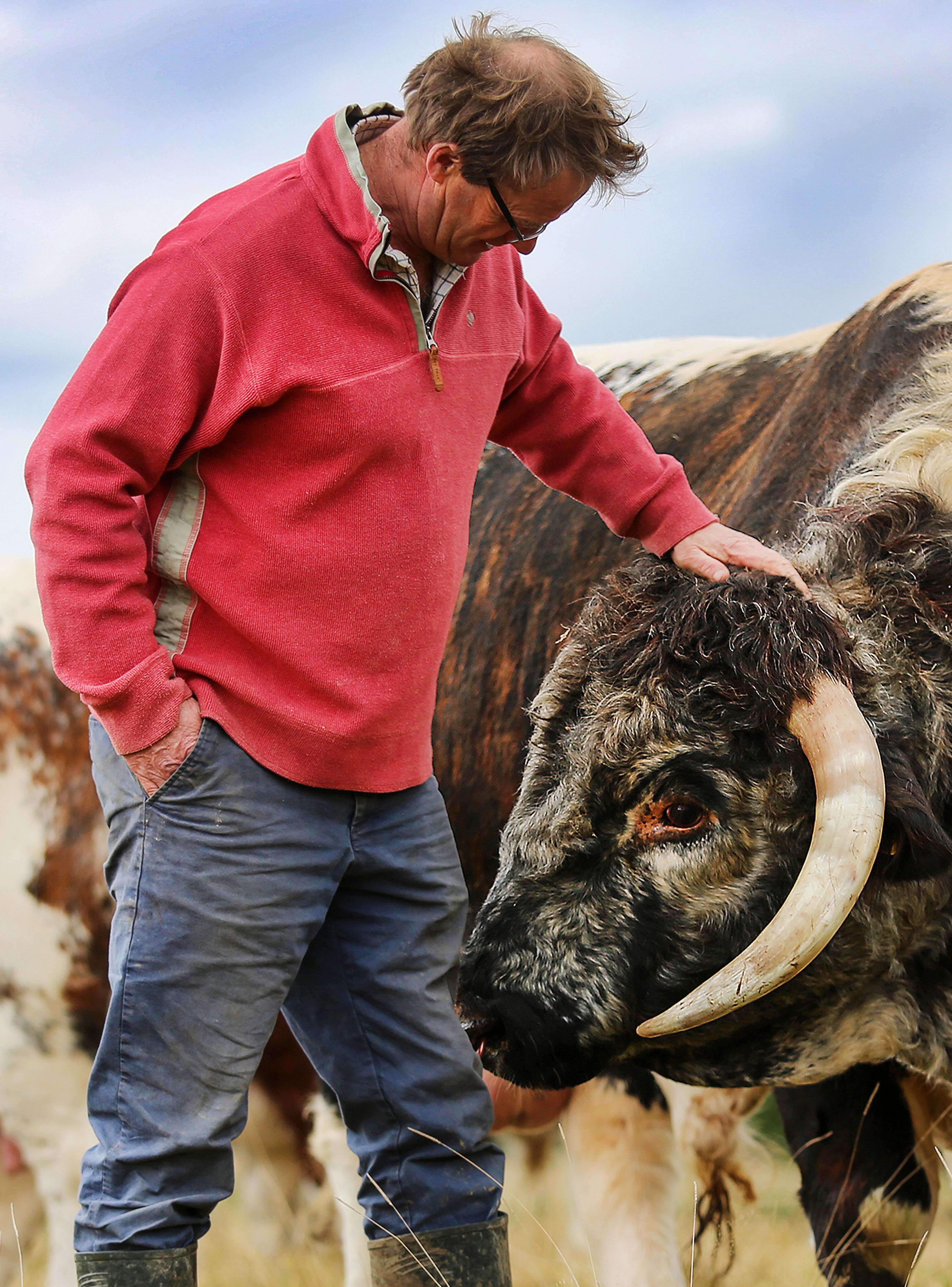
1 minute read
Case study – Little Oakley Longhorns

Ewan Mackintosh of Little Oakley Longhorns made the decision to classify his own herd having worked within the dairy industry as a nutritionist where he saw classification as common practice among his client’s herds.
Advertisement
During the early years of herd establishment, Ewan retained the majority of his homebred females in order to grow numbers. “In more recent times we have culled harder and sold some heifers because we were able to be more selectiv. So I saw the chance to classify as an opportunity to help confirm whether our breeding and culling policies had been successful,” explains Ewan.
“A call was made to Society secretary and an NBDC classifier met me on farm in Northamptonshire. Once on site I realised the process could potentially become difficult as my cows are not used to a high level of human contact, but the classifier was so relaxed and calm that within a few minutes we were able to get down to business,” he adds.
The process of that first scoring visit was finalised within an hour, ably assisted by the small handheld machine the classifier uses to record scores.
“I would strongly recommend breeders take advantage of the availability of the classifying service. The process focusses your eye on your herd and allows clear and concise breeding decisions to be made,” concludes Ewan.
The Society regularly updates a full list of cattle that have been classified. To keep up to date go to the Society’s website and head for “Knowledge Base” then “Type Classification”.











